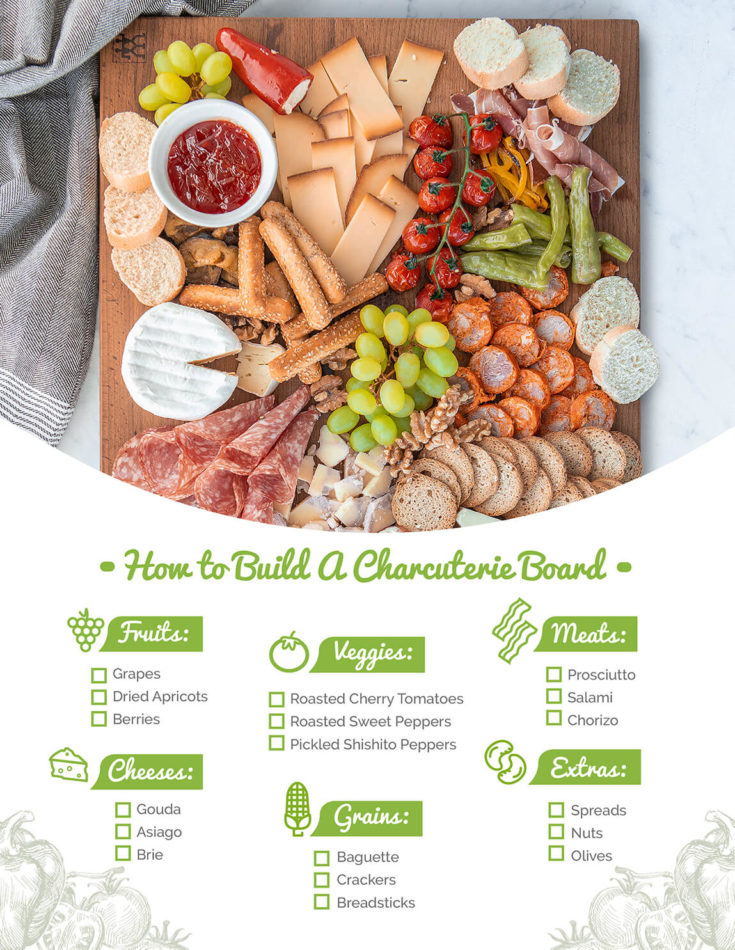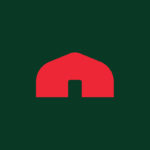Charcuterie boards have quickly become a must-have appetizer to enjoy at weekend dinner parties or with close friends on a Friday night. While charcuterie boards often feature decadent cheeses, cured meats, and unique spreads, flavorful fruits and veggies have certainly earned their place as a star on party platters.
Why have charcuterie boards become so popular? The short answer is that they are easy to assemble, quick to prepare, and a fun way to try new foods and flavor pairings! But you can also get as creative with charcuterie boards as you’d like – there are no hard and fast rules about what needs to be included, which makes them a very appealing appetizer option for even the most inexperienced party host. The opportunities are endless!
Here is our step-by-step guide for building a fresh charcuterie board that shines a spotlight on colorful veggies! Plus, download our simple charcuterie board checklist so you get everything you need for a picture-perfect platter.
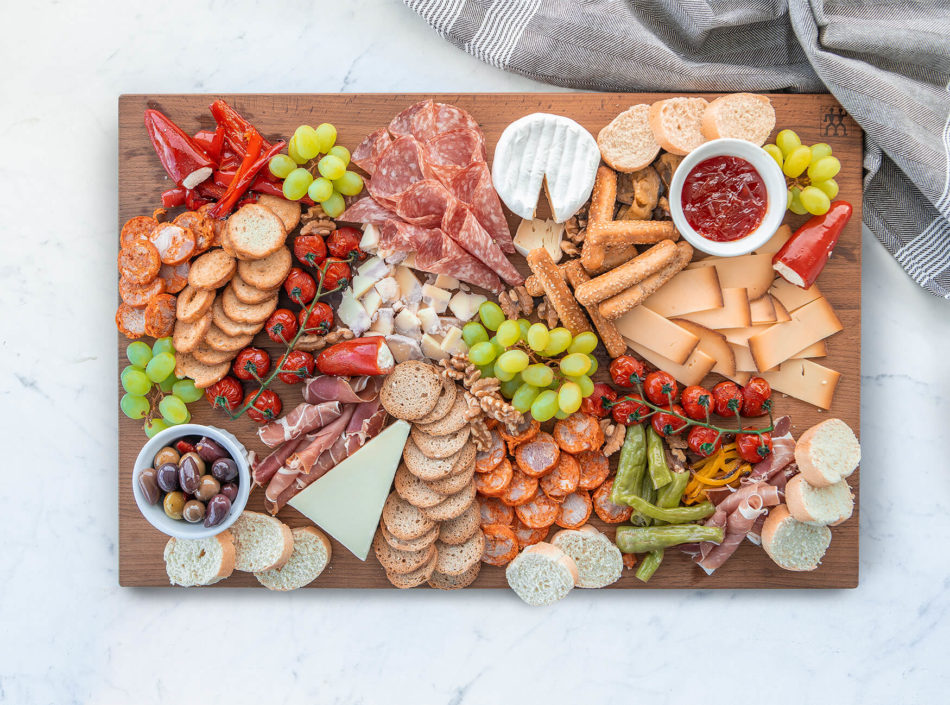
A Step-by-Step Guide: Building A Charcuterie Board Featuring Fresh Veggies
Choose Your Theme
Every good charcuterie board has a theme. Whether it’s based on color, seasonality, or a holiday, choosing an overall theme will help you decide what foods to feature on your platter.
Here are some theme ideas to get you inspired:
- Color – For a photo-ready platter, choose a specific color palette for your charcuterie board.
- Flavor – Do you want a board that satisfies a sweet tooth, or is a platter featuring savory flavors more up your alley? When it comes to flavor pairings on a charcuterie board the options are endless.
- Seasonality – A charcuterie board is the perfect vessel to highlight seasonal foods when they reach their peak. Build your board with seasonal fruits and veggies at the center, and research what meats and cheeses pair well with their flavor profile!
- Region – Get a taste for a region’s food by building a charcuterie board with a regional theme. Go international with your flavors or put a local spin on your party platter by featuring foods that are grown and produced locally.
- Holiday – Need an on-theme appetizer to serve at your next holiday party or special event? Build a charcuterie board with appropriate colors or try arranging the items on your board into fun shapes like Christmas trees, four leaf clovers, or even hearts!
Choose Your Veggies & Fruits
Once you’ve decided on a theme, take a fresh-first approach and choose which fresh produce items you want to highlight on your charcuterie platter. When choosing your fruits and veggies, think about elements like color, texture, shape, and flavor.
Although enjoying them raw is always an option, we recommend roasting or even pickling fresh ingredients to bring out unique flavors that pair well with the rest of the items on your platter.
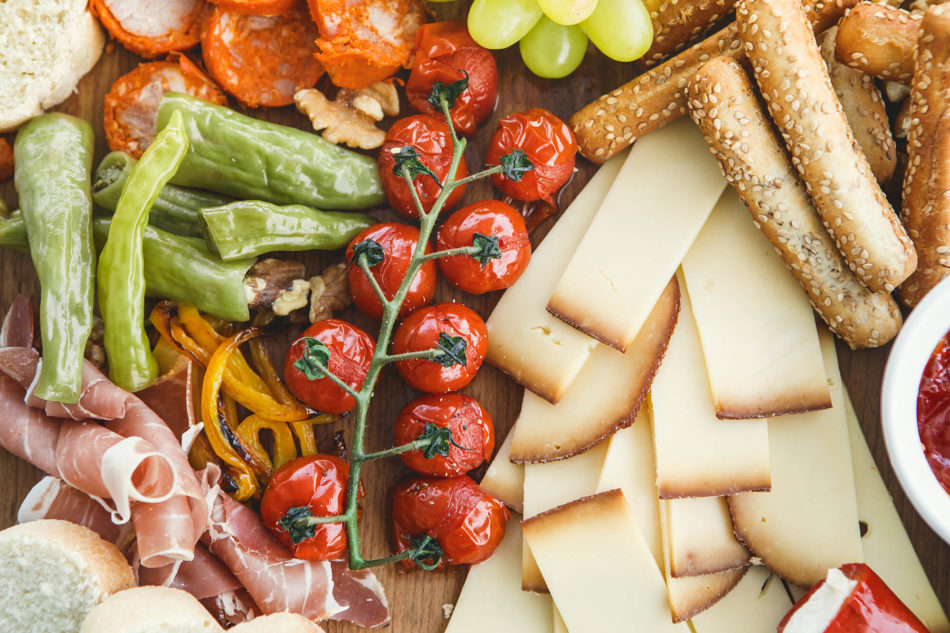
Peppers are a fantastic fresh item to feature on your platter if you’re looking to add sweetness and pops of vibrant color. Roast slices of Red, Orange, and Yellow Bell Peppers, or feature Prosciutto-Wrapped Mini Sweet Peppers on your board for a fresh sweet-and-salty option. You can even pickle a batch of Shishito Peppers for a surprise burst of heat!
Another unique item to feature on your charcuterie board is a whole vine of roasted Cherry Tomatoes – not only will they burst with juicy sweetness, the vine will also add a different visual element to your board.
Many charcuterie boards also feature fresh or dried fruit. Here are some fruit options you may enjoy on your party platter:
- Berries
- Dried apricots
- Dried cranberries
- Grapes
Choose Your Meats
Just as you do with fruits and veggies, think about elements of color, texture, shape, and flavor when choosing your meats and assembling them on your board. Some meats like prosciutto are easy to roll up for your board presentation, whereas sliced meats like salami are simple to stack.
Here are some popular meats used for charcuterie boards:
- Prosciutto
- Salami
- Chorizo
- Ham
Choose Your Cheeses
Cheeses come in many colors, shapes, flavors, and densities! You can incorporate a full wheel or wedge of cheese on your charcuterie board, or slice or crumble different cheese varieties to show unique colors and textures. Also ensure you have a good selection of both hard and soft cheeses.
Here are some popular cheeses used for charcuterie boards:
- Brie
- Asiago
- Gouda
- Cheddar
Choose Your Grains
Meat, cheese, cracker – the perfect combo! Load your board with a variety of grains to pair with the meats, cheeses, and potential spreads. Keep in mind color, texture, and shape when choosing your grains.
Here are some popular grains used for charcuterie boards:
- Crackers
- Baguette slices
- Crostini slices
- Breadsticks
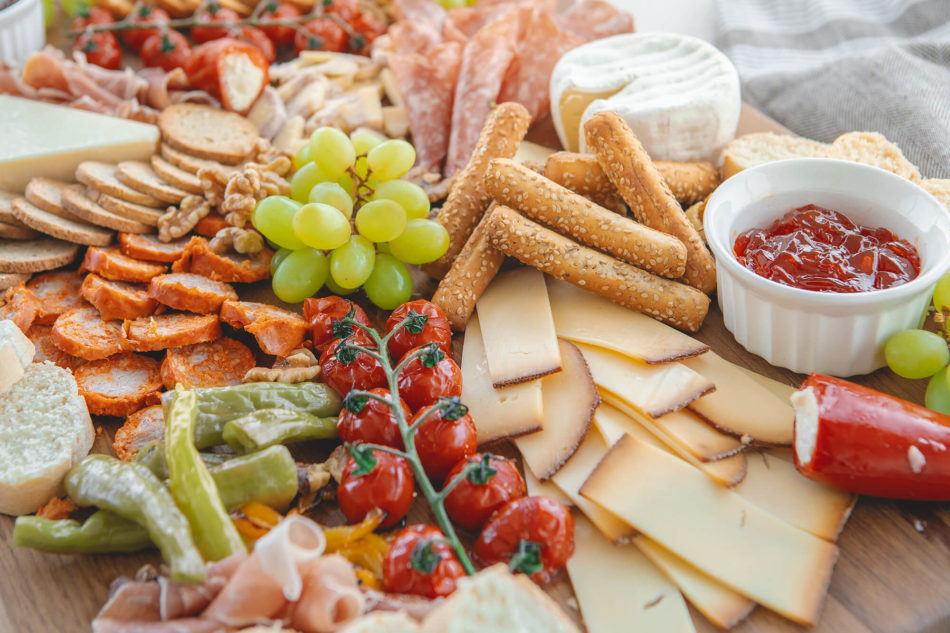
Choose Your Extras
Make your board unique and special with extra items like spreads, nuts, olives, and fresh herbs.
Here are some popular extra items often found on charcuterie boards:
- Walnuts, sliced almonds, or cashews
- Pepper jelly
- Spinach dip
- Mini dill pickles
- Green or brown olives
- Rosemary sprigs
- Mint leaves
A Few Final Tips for Your Charcuterie Board
There are a few last tips and tricks you should keep in mind when building your charcuterie board:
- You want your charcuterie board to look as full and abundant as possible, so make sure you have filler items on-hand to bulk up your board! Great options for this include walnuts, dried cranberries, or sliced almonds. Fill every hole you see!
- When assembling your board, place any bowls or feature items on the board first, then build the rest of your board around these items in a way that highlights them.
- Choose the physical platter or board you want to use ahead of time. Sizing it up before buying your ingredients will ensure you buy the right amount of each item to fill your board.
Charcuterie Board Checklist
Save a copy of our free charcuterie board checklist so you don’t miss any important ingredients when building your board. Now it’s time to get creative!
